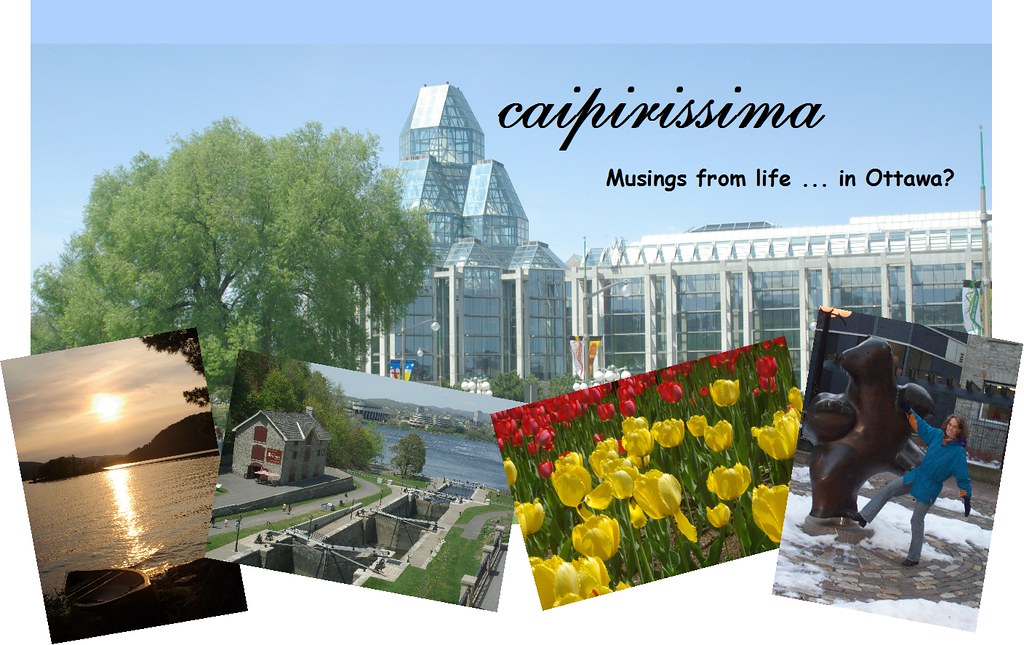São Paulo
This year is the city of São Paulo's 450th anniversary. For years São Paulo was a backwater of the Portuguese colony. Founded in 1554 by the Jesuits as a religious settlement, its distance from the sea (100 km) and climate – cold in the Brazilian winter (really!!) and muggy in the summer – meant that it did not attract the attention of Bahia, the Brazilian capital at the time. Although the geography offered a natural protection to the Jesuits and other inhabitants, the inhospitableness of the soil to the cultivation of sugar-cane (the cash-crop du jour) and the difficulty of transporting goods between São Paulo and the coast meant that by the 17th Century, São Paulo was still only a small village.
Despite the efforts of the Jesuits to protect the native population from the Brazilian slave trade, São Paulo became a base for southern Brazil's slave-trade as this was one of the few ways that the non-Jesuit inhabitants could see to produce riches given the other limitations of the settlement. Roving groups of bandeirantes, “explorers” who headed into the country’s interior to round up natives to sell as slaves, inadvertently opened up the Brazilian frontier. Towards the end of the 17th Century, the bandeirantes discovered gold in the state of Minas Gerais, an event which led to São Paulo being virtually abandoned by its male population.
It wasn't until the 19th Century that São Paulo got its kick-start to becoming one of the world’s eminent cities. In 1822, Brazil became independent from Portugal and São Paulo became a state capital. Five years later, for reasons unknown, the Brazilian Emperor (the reason why Brazil had an emperor at all, is a whole other story...) commissioned the opening of the country’s first Faculty of Law in São Paulo. The faculty attracted a new intelligentsia and São Paulo became one of the leaders in the struggle for the abolition of slavery and the declaration of the republic. Concurrently – starting in the 1830s – coffee started replacing sugar cane as the country’s principle crop and São Paulo was never the same. Coffee could not be grown in the northeastern part of the country, which had until then ruled the sugarcane industry. The land in the state of São Paulo, on the other hand, was perfect. By the late 19th Century, the almost complete takeover of coffee, the construction of numerous railway lines, and the influx of immigrants from Europe all contributed to São Paulo’s growth.
A hundred and thirty years ago, in 1876, São Paulo had 30,000 inhabitants. This number grew to 130,000 in 1895, 300,000 in 1905, 580,000 in 1920, 1.2 million in 1940, and 5.2 million in 1970. Today, approximately 18 million people call the city of São Paulo home. One in every ten Brazilians lives here, making São Paulo a cosmopolitan mix of almost everything Brazil has to offer.


0 Comments:
Post a Comment
<< Home